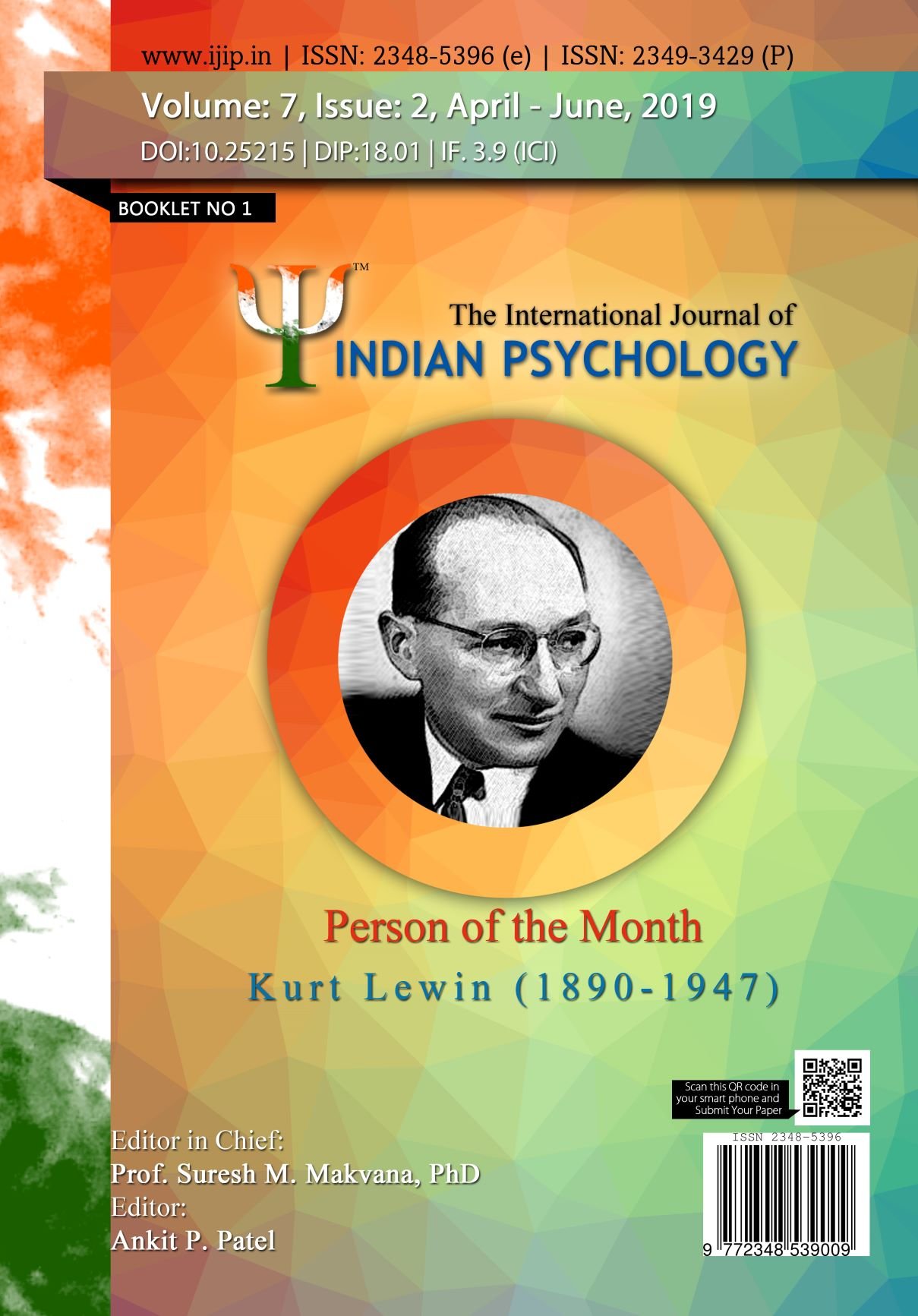An Empty Chair Technique to Finalize Prisioners’ Unfinished Business in Malang Correctional Institution
DOI:
https://doi.org/%2010.25215/0702.021Keywords:
Unfinished Business, Guilty, and Empty ChairAbstract
The client was a 26 years old male who had a past orientation. He felt guilty because he had been experiencing unfinished business with his father. The assessment was employed interview, observation, psychology test (graphic, SSCT, and TAT), and Guilt Sensitivity Scale in order to reveal the problems. The assessment’s result showed that the client had unfinished business problems which were preventing his creativity to prosper during his life in the Correctional Institute. Moreover, it made him frequently sad, guilty, and less involved in communicating with his friends. In accomplishing these issues, an empty chair was used in 7 sections as an intervention to expose the hidden problems of the client, thereby, the outcome presents that empty chair technique helps the client to finalize unfinished business which have occurred in the late 1 year. The development of this intervention can be seen in the result of The Guilt Sensitivity Scale (GGS) that declines.Metrics
No metrics found.
Published
2022-11-05
How to Cite
Hani Khairunnisa, Ade Ayu Harisdiane Putri, Zainul Anwar, & Latipun. (2022). An Empty Chair Technique to Finalize Prisioners’ Unfinished Business in Malang Correctional Institution. International Journal of Indian Psychȯlogy, 7(2). https://doi.org/ 10.25215/0702.021
Issue
Section
Articles


